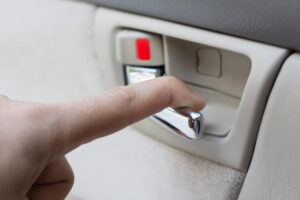How to Test the ABS Control Module for Proper Functionality

Image Source: importcarcenter.com
The brain of anti-lock braking system in your car is ABS control module. It analyzes wheel speed sensor data and modulates braking pressure to avoid wheel locking during abrupt stops. A faulty ABS control module might impair the safety and braking capability of your car. Finding ABS-related problems depends critically on testing the module for correct operation.
Examining Warning Lights
The ABS warning light on your dashboard illuminating first indicates a possible ABS control module problem. This light turns on to signal a failure in the anti-lock braking system that calls for quick repair. Retrieving any fault codes kept in the module can help you to identify the issue precisely using an OBD-II scanner. These guidelines will provide insightful analysis of certain difficulties, ranging from module failures to malfunctioning sensors and wiring concerns. As you perform further testing to identify the precise reason of the issue, be sure to jot down the codes for review. The safety and operation of the brake system in your car depend on accurate diagnosis.
Examining Connectors and Wiring
Examine the cabling and connections connecting the ABS control module to the rest of the braking system before testing it itself. Corrosion or damage on cables might replicate module failure. Look for continuity using a multimeter to make sure every connection is tight. Before moving on, fix any detected broken cables or loose connections. Many times, fixing wiring problems may bring the ABS system back to life without requiring module replacement. This is the same when it comes to the tire issues in the car. For that choosing the Tire Store in Carthage, MO is proper.
Running a Module Self-Test
Self-diagnostic capabilities abound in most contemporary ABS control modules. Start an ABS self-test using the OBD-II scanner. Run the ABS pump and cycle the valves according on the scanner’s suggestions, usually which comprise During the test, check the scanner for any anomalies or error signals. Should the module fail the self-test, either replacement or repair might be required.
Multimeter-Based Testing
Measure voltage and resistance in the circuits of the ABS control module using a multimeter for further in-depth investigation. Consult the service manual for the right specs for the vehicle. To find any differences, compare your readings to those of the manufacturer. Since ground connections and power supply of the module are typical sites of failure, pay very close attention to them. Should the readings go beyond the approved range, the module probably calls for expert repair or replacement.
Following these guidelines will help technicians to precisely identify ABS control module problems and guarantee proper brake system performance. The ABS system of your car remains safe and dependable with regular maintenance and quick reaction to warning indicators.




